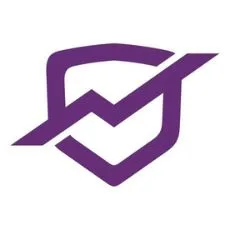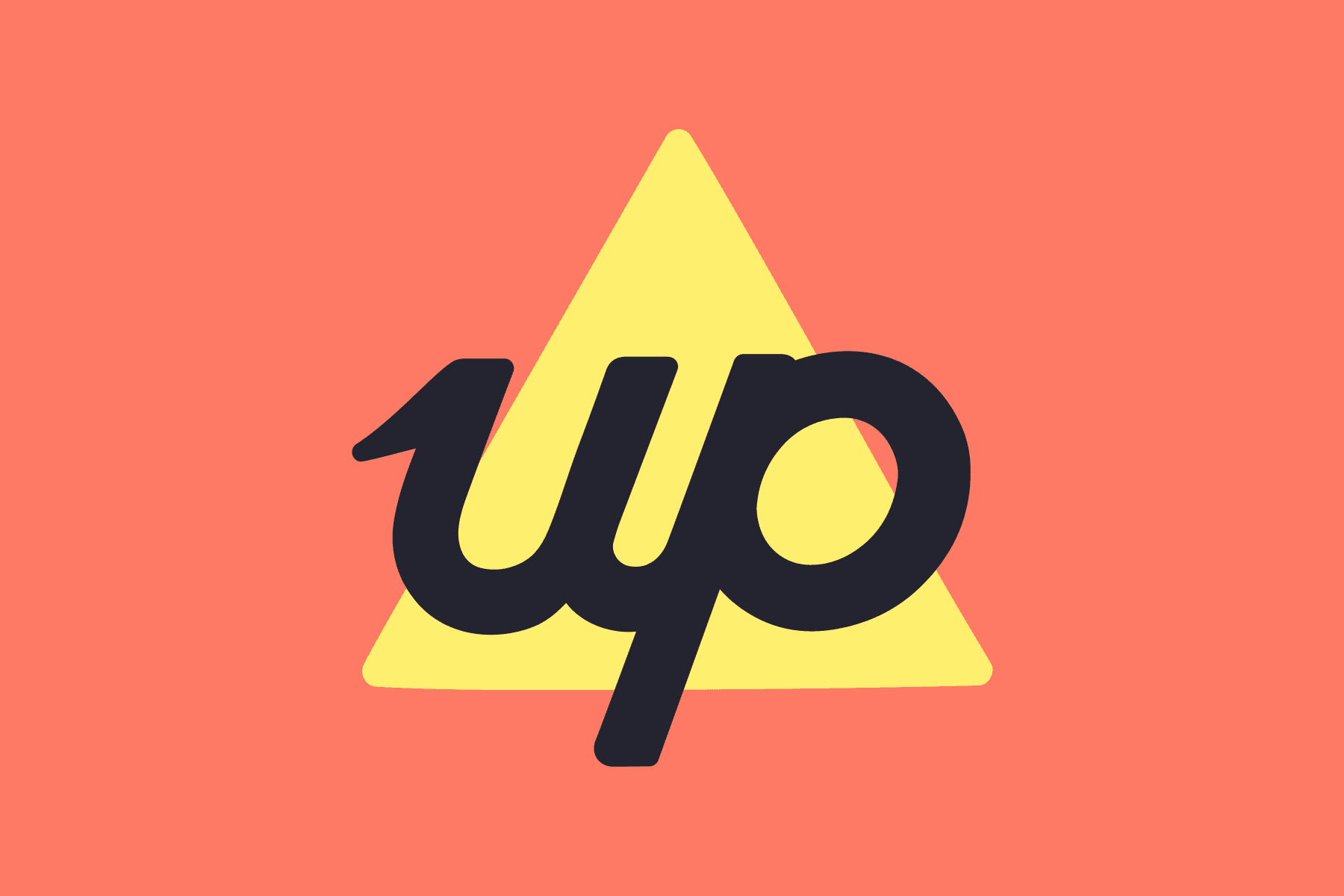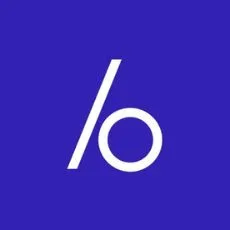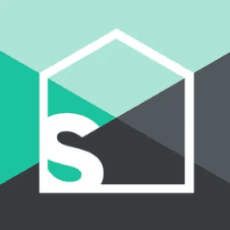Budgeting apps are a handy way to make your money easier to manage and help keep your savings goals on track.
The best money apps can let you see you all your finances in the one place, set budgets, compare financial products and even help you earn more money.
And with cost of living pressures continuing to hurt our savings, it's more important than ever to make sure you're budgeting correctly.
Here are our top 5 picks to help you do that, based on ratings, features and popularity:
Finder survey: What do Australians of different ages use their banking apps for?
| Response | Gen Z | Gen Y | Gen X | Baby Boomers |
|---|---|---|---|---|
| Checking your balance | 38.2% | 30.43% | 25% | 22.16% |
| Transferring money or paying someone | 17.98% | 27.17% | 28.29% | 28.98% |
| Transaction monitoring | 6.74% | 14.95% | 13.49% | 10.23% |
| Budgeting and expense tracking | 4.49% | 3.53% | 3.29% | 2.84% |
| Rewards and offers | 4.49% | 0.82% | 0.66% | |
| Customer support | 2.25% | 1.36% | 0.33% | 0.28% |
| I don't use a banking app | 1.12% | 1.9% | 6.58% | 23.86% |
| Other | 1.12% | 0.85% | ||
| Find nearby ATMs | 2.45% | 1.32% |
Best budget apps
PocketSmith Sidekick
Best for overseas accounts
The PocketSmith Sidekick app is great if you have accounts in Australia and overseas because it works with over 12,000 financial institutions around the world.
Founded in New Zealand in 2008, PocketSmith works as a web app or mobile app, with a free version that lets you manually add account details, make up to 12 budgets and get a 6-month projection of your finances. The paid plans give you a lot more scope, including:

- Automatic and manual transaction imports
- Automatic bank feeds
- Automatic categorisation
- 10-year or 30-year finance projections (depending on the plan)
Cost: Free basic plan. Paid plans cost between $8.25 and $21.95 per month.
Compatibility:
- iPhone, iPad, iPod touch (OS 11.0 or later) and Macs with an Apple M1 chip and MacOS 11.0 or later
- Android devices (Android 5 or later)
Goodbudget
This app is based on the envelope budgeting strategy, where you put different amounts of money into envelopes based on what you'll spend it on (e.g. bills, rent and dining). It's a lot easier to see and manage through an app - and more environmentally friendly, too.
Other features include:
- Spending analysis for each envelope, including pie-charts
- Income vs. spending reports
- Progress tracking for paying off debt, saving money or any other goal
- Community support
- Sharable budgets
Cost: Free basic plan, with a paid plan costing US$8 per month or US$70 per year.
Compatibility:
- iPhone, or iPod touch (OS 12.0 or later)
- Android devices (Android 5 or later)
Frollo
Best for personal finance insights
Frollo is an Australian fintech best known for providing open banking services to brands like BOQ, REA Group and Volt. Its personal finance app also uses this technology to let you add accounts from different banks and lenders, with similar features to other budget apps.
A highlight is the downloadable "Financial Passport" that shows your income, spending, assets and liabilities for the last 12 months – which could be useful when you're applying for loans or talking to a broker.

Other features include:
- Smart money tips and notifications
- Separate budgets based on goals, with visuals that track your progress
- A dashboard for tracking your net worth
Cost: Free
Compatibility:
- iPhone, iPad, iPod touch (OS 12.0 or later) and Mac computers with an Apple M1 chip and MacOS 11.0 or later
- Android devices (Android 6 or later)
Up
Best for saving
Up is an Australian digital bank that offers all the regular features of a bank and savings account, as well as bonus features to help you save money. You can set up auto savings and round ups on purchases, set savings goals and even get an Up home loan.

Key features of the Up app include:
- Joint accounts
- Saving pots
- Savings challenges
Cost: Free
Compatibility:
- iPhone, iPad, iPod touch (OS 12.4 or later)
- Android devices (Android 6 or later)
Finder app
Best for financial overview
Okay, we might be a bit biased, the Finder app lets you better manage and grow your money, all in the one app.
You can connect all your bank accounts, automatically track your spending and bills and get a better idea of where your money is going. You can also use the app to find a better deal on things like your energy, insurance, utilities and more.

Other key investing and money features of the Finder app include:
- Crypto trading
- Compare hundreds of financial products
- Free credit score and credit report
Cost: Free
Compatibility:
- iPhone, iPad, iPod touch (OS 12.0 or later) and Mac computers with an Apple M1 chip and MacOS 11.0 or later
- Android devices (Android 5 or later)
What other apps can help with money management and budgeting?
While the following aren't specifically budgeting apps, they can allow you to pay friends and family, track expenses, split bills and even convert currency.
Beem
Best for paying friends
Previously known as Beem It, this free app lets you use your phone to send and get money in seconds when you add a Visa or Mastercard. Backed by eftpos, it's incredibly popular and has one of the highest App Store ratings we saw for this guide at the time of writing.

Key features include:
- Pay anyone on Beem using their handle
- Track and split expenses with a group
- Automatically sends requests and reminders to people when you're owed money
- Transfer money between your cards, including between banks
- BPAY payments
You can add up to 5 cards, and get the most features if you add a debit card – including payments to other people. If you add a credit card, you'll be able to use it for gift cards, BPAY and Beem Checkout.
Cost: Free
Compatibility:
- iPhone, iPad, iPod touch (OS 14.0 or later)
- Android devices (Android 6.0 or later)
Splitwise
Best for splitting bills
Splitwise lets you track and pay for shared expenses between two or more people. You can easily add groups to the app and leave comments on expenses, making it handy if you're splitting bills, dinner, transport or anything else.
But keep in mind that you can't make actual payments through the app in Australia – that has to happen through your bank account or PayPal.

Other features include:
- Categorise expenses
- Split expenses by a percentage or chosen amount
- Set up recurring expenses
- Offline mode
- Receipt scanning (Pro version)
- Currency conversion (Pro version)
Cost: Free with in-app purchases from $0.99 to $39.99 (including for the Pro version)
Compatibility:
- iPhone, iPad, iPod touch (OS 12.0 or later)
- Android, but version varies with device (check Google Play on your device for compatibility)
What about my bank's app?
A growing number of bank apps also come with features to help you track your budget, set savings goals and manage your finances, including CommBank, ANZ and NAB apps. In January 2022, Westpac also acquired popular budget app MoneyBrilliant and plans to integrate some key features.
So if you have all your money with one bank, its app could give you enough tools for your budget goals.
Bottom line
If you know what you want to do with your money, you can find an app to help. And if you're not sure what the next financial step is, using a budgeting app can give you a clearer picture to help you figure it out.
Check out Finder's budget planner and the popular 50/30/20 budgeting rule for more budget inspiration.
Methodology
We chose these apps based on a combination of their features, user ratings and how long they have been on the market. To help narrow down the comparison, we focused on 3 key categories and only selected apps with a rating of at least 3.3 at the time of writing and compatibility with both Apple and Android devices.
The best budget app is one that lets you see all your accounts and money in one place, with tools to make the most of it. With that in mind, we also focused on apps that offered helpful features in the free version, and value-for-money in the paid versions.
Frequently Asked Questions
More guides on Finder
-
Student budget calculator for Uni — FREE with downloadable worksheet
This free student budget template worksheet will keep you informed where your money is going.
-
Budget and savings tips for international students
There's plenty of ways to save money as an international student in Australia.
-
How to save money on groceries
Check out these 20 easy hacks to cut down on your grocery bill and save more money each week.
-
How much money should I have in savings?
See how much money people your age have in savings, and learn how to boost your savings balance if it's below average.
-
Guide to the 50/30/20 budget
The 50/30/20 budget can help you manage your money by dividing your spending into 3 easy categories: needs, wants and savings. Here’s how it works.
-
Living expenses: What are they and how do I budget for them?
Living expenses may be easily managed with these five tips.
-
The average cost of groceries per month
Wondering how your grocery bill stacks up to your neighbour? We break down the cost of food in Australia, and how much we’re spending by state, lifestage and household size.
-
Household budget template: Take control of your money
Household budget templates are useful financial tools to help you manage your money better.
-
FIRE movement in Australia
Financial Independence, Retire Early (FIRE) is about saving and investing as much as you can while you’re young, so you can retire in your 30s or 40s.
-
How to save and budget for a baby
Reduce the amount of emotional rollercoasters when you're pregnant by sorting through your finances.
Ask a question
